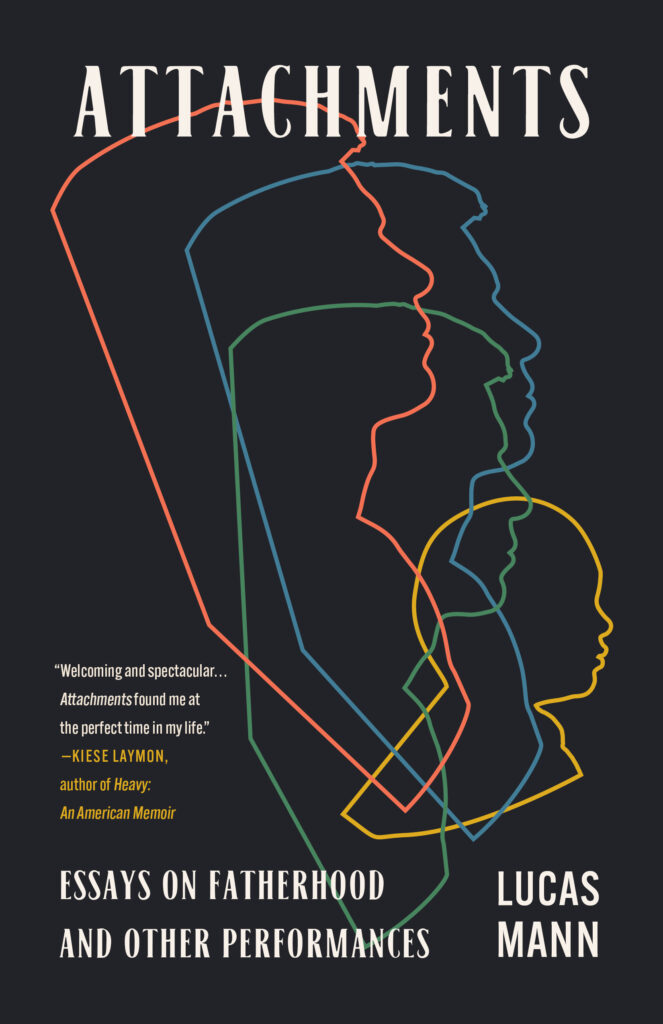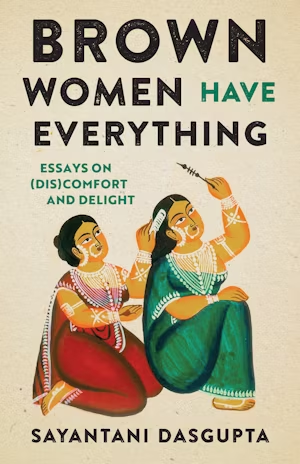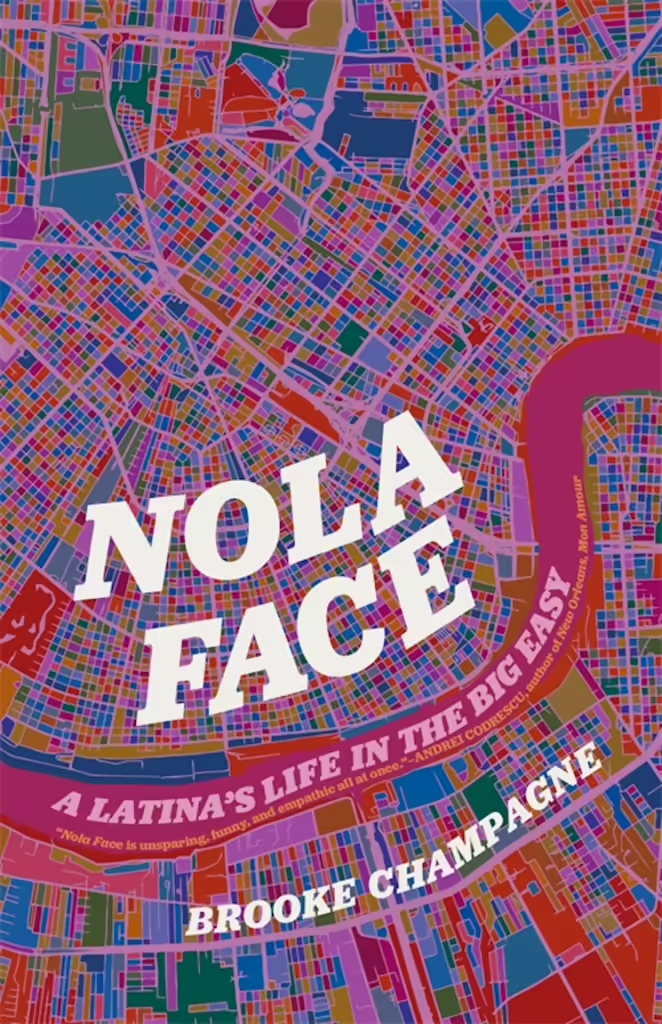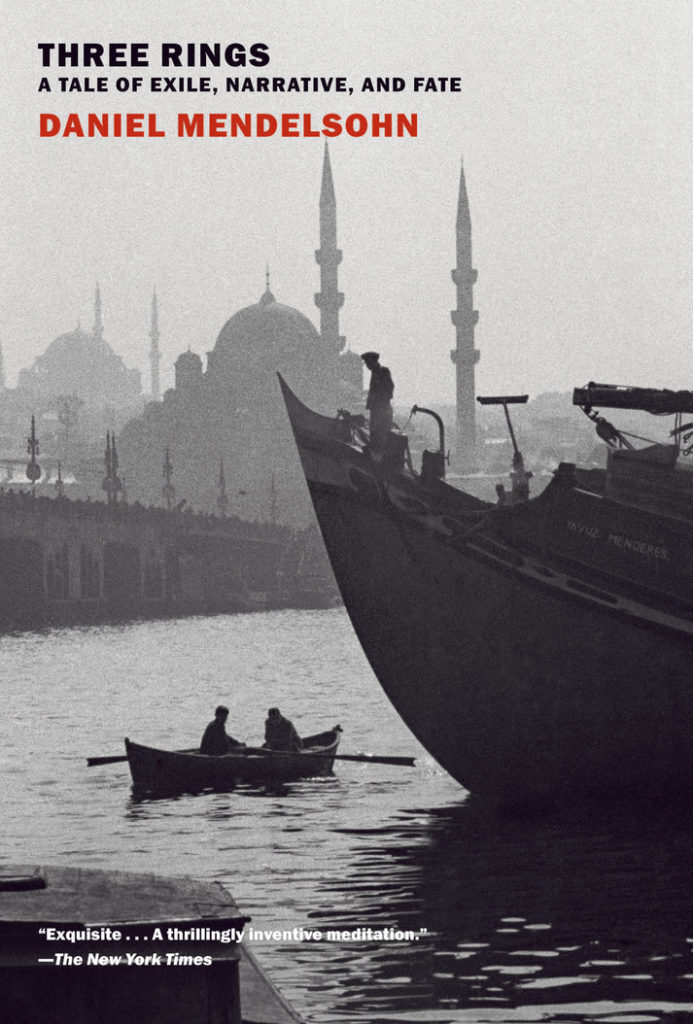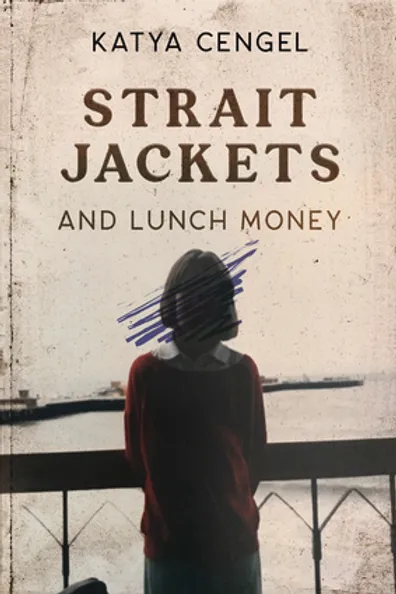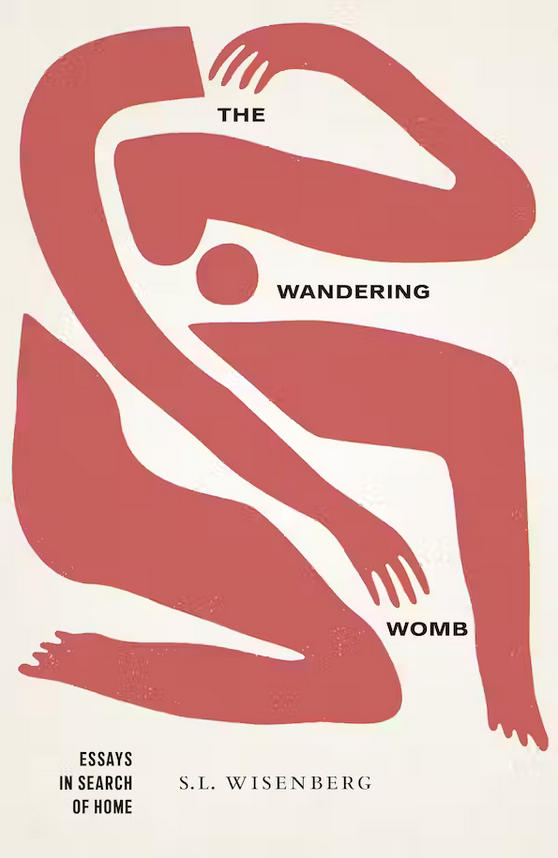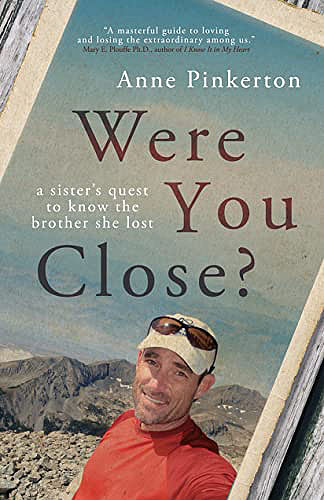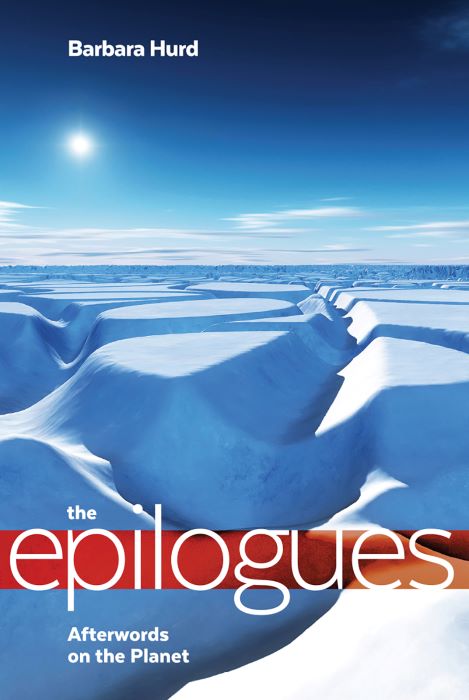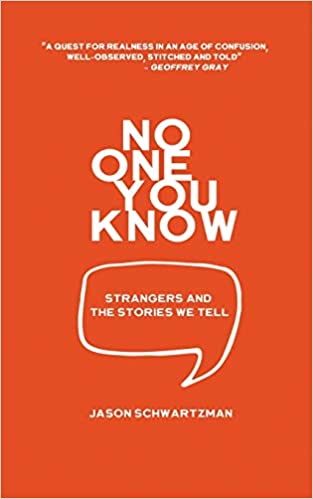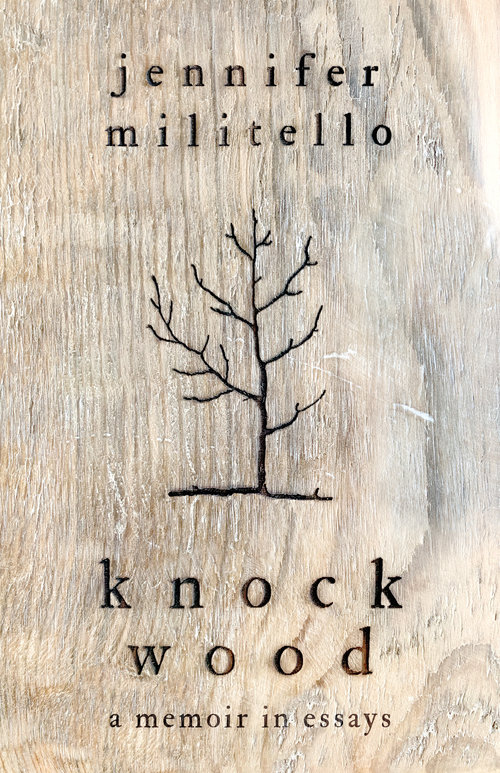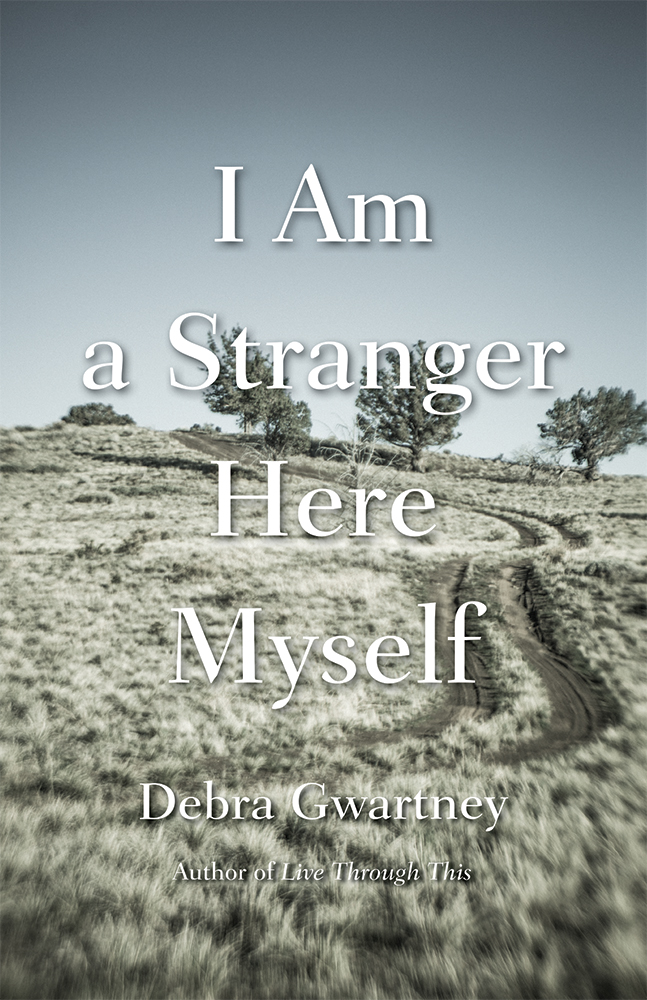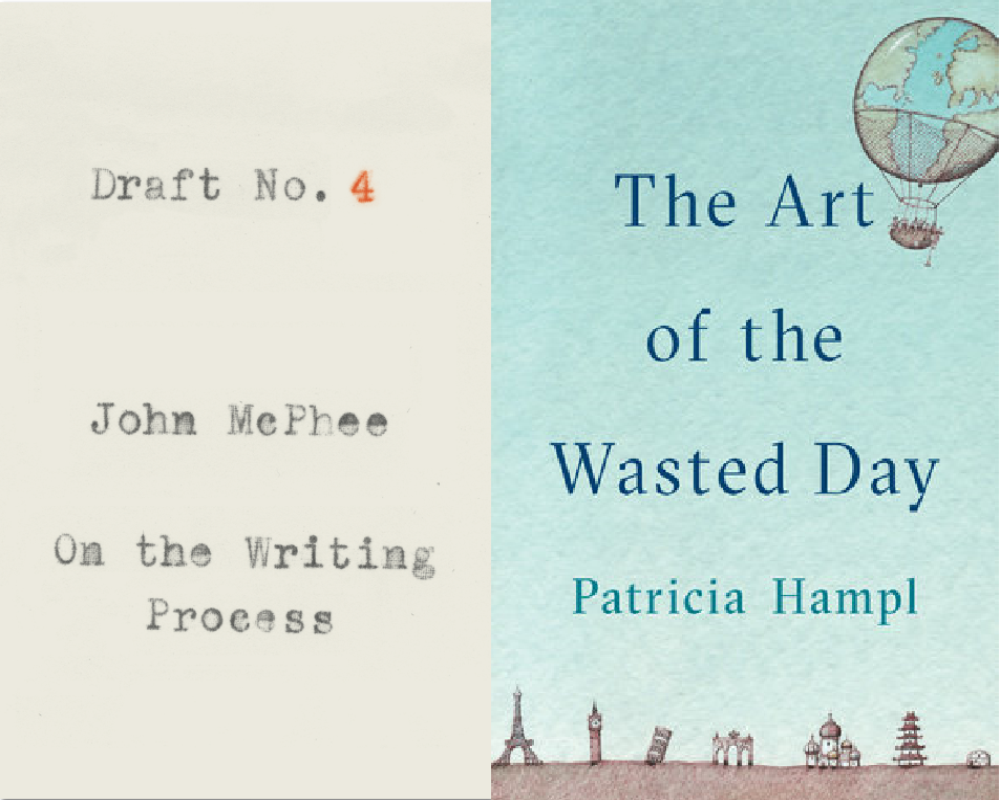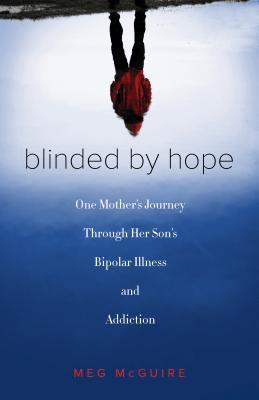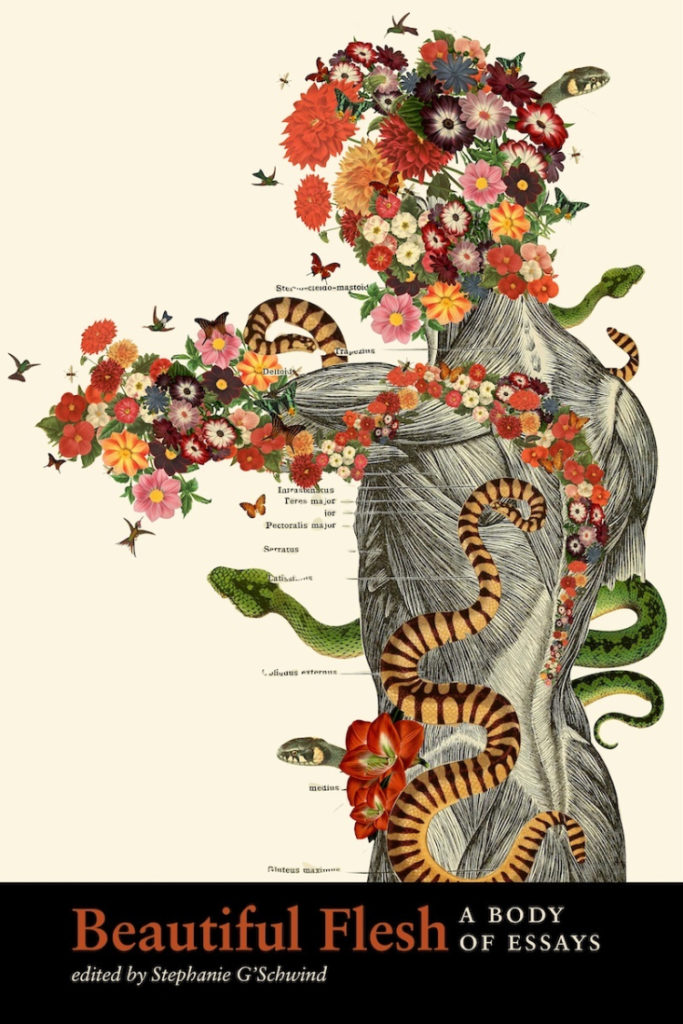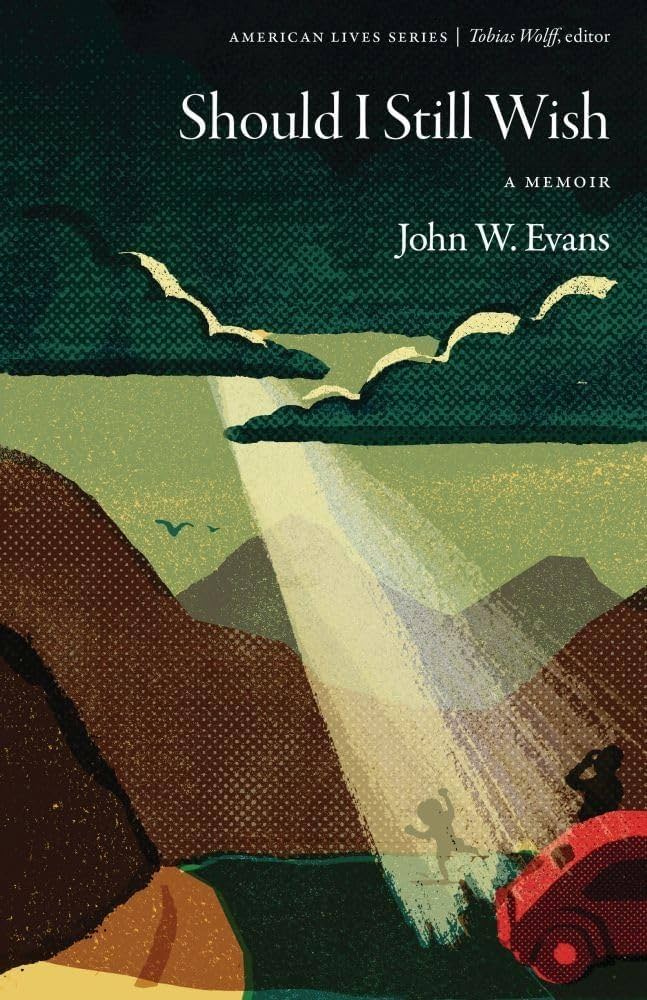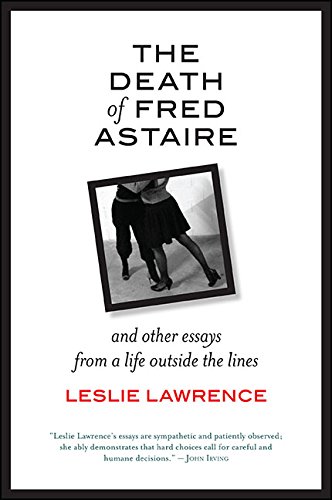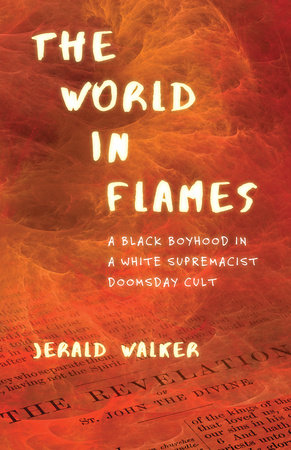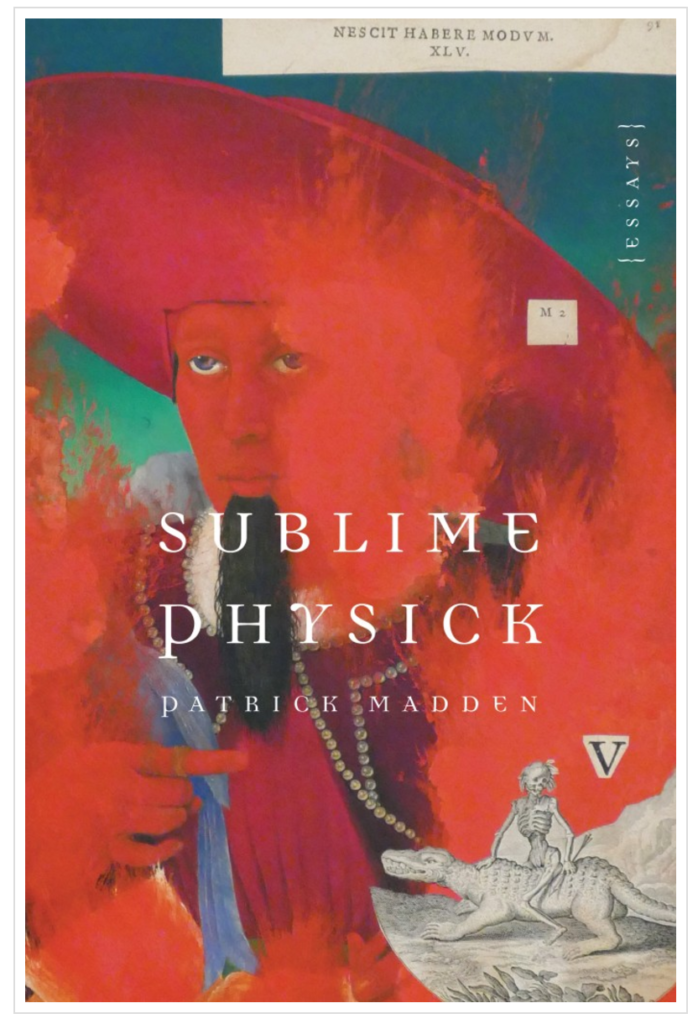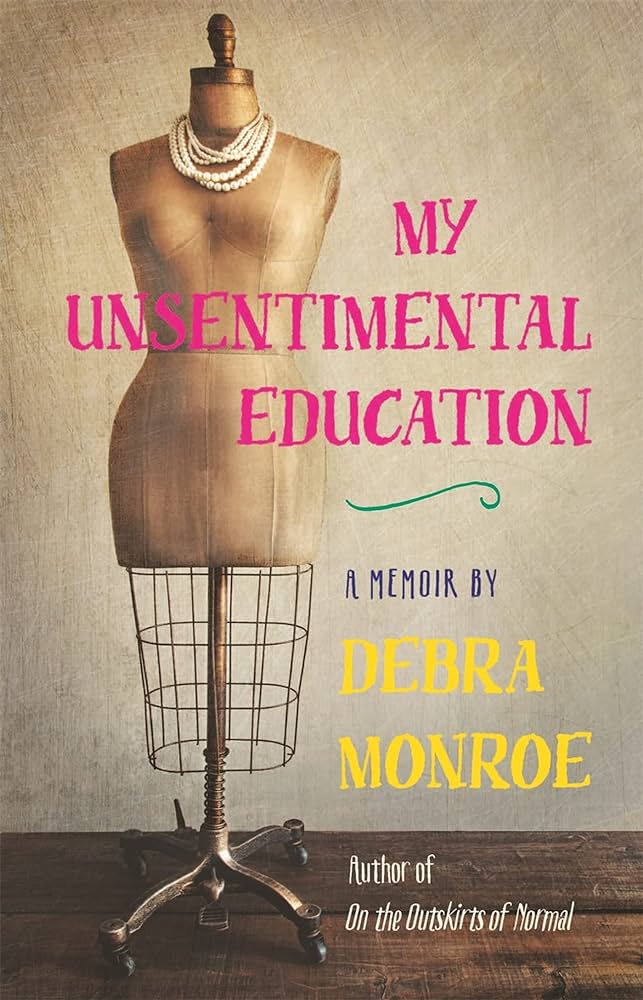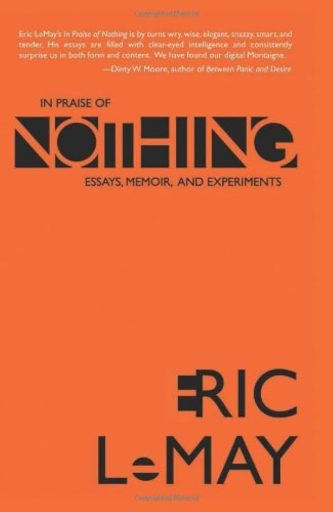By Richard Terrill
The Rise and Fall of Paramount Records: A Great Migration Story, 1917-1932 by Scott Blackwood
Blackwood’s homage to early black music begins and ends in an imagistic but unlikely fashion. It’s December 1933, one of the worst years of the Great Depression. The Paramount Records of the book’s title, actually a furniture making company in a small Wisconsin town, has gone bust. It had entered the recording business with the hopes of profiting not from records, but from sales of its much more expensive phonograph cabinets. As Blackwood details in the pages that follow, Paramount backed into—and lucked into—the recording and distribution of what were known as “race records,” music of black artists marketed to a black audience, a business model that had proven successful in better times.
On this December night, though, the factory’s all-white working staff ascend to the roof of the building, having just been told they’ve completed their last day of employment at the firm. The newly unemployed workers fling most of the company’s inventory of records and recording masters off the roof, into the Milwaukee River below. Jelly Roll Morton, Alberta Hunter, Blind Blake, Son House—all disappear into the dark waters.
The Paramount company itself is more the occasion for this book than the central player in it. It’s the common element among the many artists profiled here. While Paramount did indeed “rise and fall” in fifteen short years, the narrative is not structured by that arc. Neither is this primarily “A Great Migration Story,” as claimed, though many of the company’s artists came from the Deep South to Chicago, and Wisconsin, to record.
Instead, the book offers a compendium of short biographical sketches of those masters of early Black music, which, as recordings, the disgruntled factory workers were disposing of, angrily, cavalierly, that winter night. In Blackwood’s telling, we learn, for instance, that Alberta Hunter wore Turkish harem pants and a red scarf, and she didn’t tolerate crude language from the boys in her band. We read that Blind Lemon Jefferson could detect the sound of a penny dropped into his tip jar and insulted, he’d throw it away. What’s more he carried a loaded pistol with him on trains.
Other principals include such people as J. Mayo “Ink” Williams, the first Black executive and producer of race records at a white record company, who joined Paramount in 1924. From Black minstrelsy, there’s Billy Kersands, who could contort his mouth to hold a billiard ball or an entire cup of coffee with saucer.
On a thematic level, the book is about loss. It’s about how music intended primarily to entertain and thus make a living for its purveyors also rises to the level of artistry. This business of lost masters and an era of Black music we know precious little about informs Blackwood’s task. No easy one either, given all that’s missing. The artists were Black and marginalized, though they were popular among the “race.” There are few written records of their creation. The players, then and after, were the subject of mythmaking, sometimes of their own doing. Blackwood entertains rumors, often beginning a sentence with “It is said.” Or as in these examples (the italics are mine):
Reports by contemporaries mention [Blind Lemon Jefferson] wrestling professionally to supplement his income.
The Reverend Gary Davis said he’d heard [Blind Blake] was run over by a streetcar.
Charley Patton . . . died on April 28, apparently in the company of the last of his wives, Willie, though his singing and fighting partner Bertha Lee, would claim otherwise. . . . Like so many things about him, it’s simply hard to tell.
At the date of Blackwood’s writing, of course, witnesses and principal players are dead. The most important source for Blackwood’s research appears to be the similarly titled Paramount’s Rise and Fall: The Roots and History of Paramount Records. A quick check online yields exactly one copy of the book available. It could have been mine for only $2999. I passed. My point is that Blackwood likely dug as deeply as he could researching the book. He didn’t find much new. I suspect it was more a labor of love.
The challenge for the writer, though, is how to fill in these gaps. Or more accurately, since there may be more missing than preserved, how does one portray what’s not there. Blackwood’s stylistic choices may speak to this dilemma. His previously published books are fiction and, at times in Paramount, he invents scenes and details, so as to construct a narrative present: a young trombonist rides the train to Chicago, nervously leaving New Orleans for the first time. Mayo Williams encounters two boys in the all-white small-town home of Paramount, Grafton, Wisconsin. “Can we touch your hair?” one boy asks. The scenes are cast in the present tense so it’s clear enough when the author crosses the line into fiction. Given the romantic nature of the content, it feels permissible.
Blackwood also turns to the tool kit of the creative nonfictionist. Other scenes or assertions are qualified by speculation: maybe, might have, must have. The author poses questions more often than a reader might find in a strictly expository account. Fragmenting the narrative is constant. The book’s 183 pages are divided into 24 short chapters, and most of the chapters deal with multiple characters and anecdotes. Indeed, if information on a subject is limited, Blackwood changes the subject. Makes sense. Literary references to sources like Faulkner and Ralph Ellison, and as far afield as Melville, Joyce, and Graham Greene, are attempts to add layers to the story.
All of these choices are made, I suspect, to fill in those gaps with what at one point Blackwood calls “an anecdotal history.” But he also seems interested in creating an impression of the music, the players, and the times in a more vivid and personal way than one would find in an academic treatment.
Then there is the challenge that all writers who write about music face. That is, writing about music. I’ve always liked the dictum, “Writing about music is like dancing about architecture (credited, variously to Martin Mull, Frank Zappa, and . . . submit your choice here). But I like the notion because I think dancing about architecture, if one could pull it off, would be interesting. Nevertheless, there are problems in trying to describe the most abstract (the purest?) art form by using words.
Perhaps for that reason, Blackwood rarely chooses to describe the music, or to explain a player’s technical innovations. The fact that the blues is harmonically and formally simple may mean that there’s less to say about the music itself. More often he describes the blues through its lyrics.
This from Papa Charlie Jackson:
I ain’t crazy about no yellow ain’t no fool for no brown
But you can’t tell no difference when the sun go down.
Or this, from Blind Willie Davis:
People I want to tell you
Just how your friend will do.
They’ll wait to get your secret
Then dig a pit for you.
Or from Ma Rainey:
My head goes ’round and ’round, babe, since my daddy left town.
I don’t know if the river’s runnin’ up or down.
Finally, it’s the life experiences of the players and their supporting characters that Blackwood uses to tell us something about the culture surrounding the music. Here his account is strongest. These thumbnail sketches will likely delight readers who are already fans of the music, even if the subjects may not stand out as individual characters for the general reader.
I confess, on that account, that as a reader whose interest in popular music as a listener and a performer begins with the jazz of the late 1950s, I hear in early blues music and lyrics less the individual players and more the genre itself. (Some people think jazz of the late 1950s and beyond all sounds alike, too. Fair enough). Do I wish Blackwood had shifted gears (tone/techniques/subjects) a little less frequently in the book? Do I wish he had put most of the references to say, Mayo Williams, in one place rather than scattered throughout? I do, in both cases. I confess further that in this highly fragmented book, loaded with the names of dozens of performers, their biographical details, incomplete as they’re bound to be, also started to run together in my mind. All the blues figures became one meta-player.
But then this might be the point—or part of it. It’s not individuals but the figure of the unknown man of humble origins, playing the guitar and wailing in irony and sorrow that we remember. Or the archetypal tough and streetwise woman belting out her complaints with the world and her unfaithful man. More than the individual performers, we remember the music itself. That music has lasted, evolved, and been flattered by much imitation.
There is, indeed, so much that’s been lost, so much we don’t know about the music and the musicians Paramount recorded. And this book, in Blackwood’s telling, amounts to most of what we do know.
The Rise and Fall of Paramount Records: A Great Migration Story, 1917-1932 by Scott Blackwood
Louisiana State University Press
$34.95 hardcover | Buy Now
Richard Terrill is the author most recently of Essentially: Essays and What Falls Away Is Always: Poems and Conversations. Previous books include Fakebook: Improvisations on a Journey Back to Jazz; Saturday Night in Baoding: A China Memoir, winner of the Associated Writing Programs Award for Nonfiction; and Coming Late to Rachmaninoff, winner of the Minnesota Book Award for Poetry. He is professor emeritus at Minnesota State University, Mankato and currently works as a jazz saxophonist. His website is www.richardterrill.com.











